
The frequency of drug manufacturer coupon utilization is associated with more market competition—but not patients’ out-of-pocket costs.

The frequency of drug manufacturer coupon utilization is associated with more market competition—but not patients’ out-of-pocket costs.

More than 11.6 million treatment courses of the medication have been prescribed in the U.S. to date.

AbbVie and Genmab have set a price for newly approved Epkinly (epcoritamab-bysp).
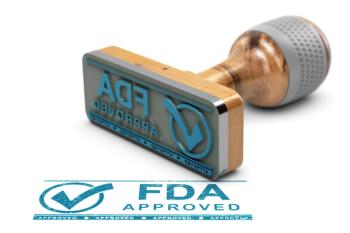
The FDA recently approved Brixadi to treat moderate to severe opioid use disorder in patients who have already started treatment with a transmucosal form of buprenorphine, and have approved Opvee as an emergency treatment to reverse known or suspected opioid overdose in people ages 12 years and older.
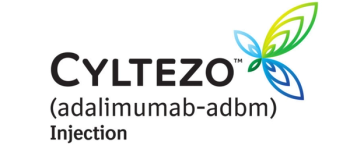
The Cyltezo Pen is scheduled to be on the market and available on July 1.
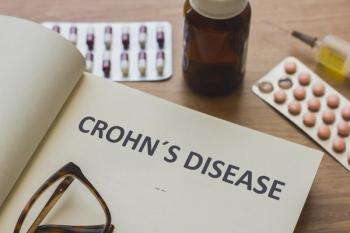
The list price for a 30-day supply of the drug, Rinvoq, is around $6,125. Eligible patients may be able to benefit from copay savings cards and other financial support programs from AbbVie.

The compulsory orders will require the GPOs, which negotiate drug rebates on behalf of other PBMs, to provide information and records on their business practices.

But higher costs for cancer drugs did not influence some common measures of adherence, such as medication possession ratio and proportion of days. The researchers believe that cancer patients may be more likely to adhere to medication regimen, regardless of price, because the drugs are critical for survival.
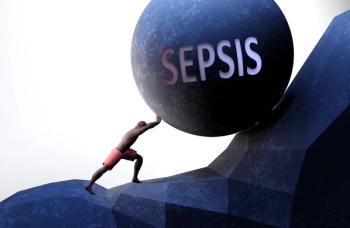
Researchers found a significant decrease in mortality or discharge to hospice with the hydrocortisone-fludrocortisone combination versus hydrocortisone alone in septic shock cases.
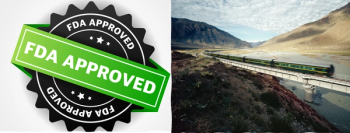
The atrial fibrillation drug, asundexian, may provide protection from thrombotic events without a corresponding increase in bleeding risk.

The National Community Pharmacists Association now has plenty of allies in its fight with the pharmacy benefit managers.

The FDA approved Rexulti (brexpiprazole) for Alzheimer’s-related agitation based on the findings of two clinical trials.

A wholesale acquisition cost (WAC) for Elfabrio will be announced once it is available in a few weeks.

Using a national database, data on medication purchases was collected, along with factors that may have influenced expenditures, such as new therapy availability, patent expirations, policy changes, and legislation.

Treatment will benefit millions”of patients, says Eyenovia, the company that developed the product.

Cancer-related cost-effective analyses (CEA) referenced higher thresholds than non-cancer-related CEAs, which may suggest interventions for diseases associated with greater mortality and morbidity warrant higher thresholds.
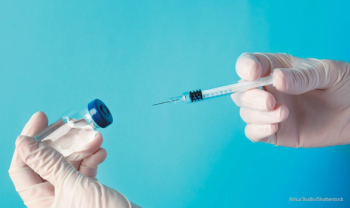
In June, the Advisory Committee on Immunization Practices (ACIP) will make recommendations on the appropriate use of the vaccine in the U.S.

Cystic fibrosis drug Trikafta gets expanded indication for children ages 2-5.

Despite having a highly differentiated clinical value proposition compared to branded, twice-nightly oxybates, Avadel is pricing Lumryz at $64.67 per gram or around $177,034 annually, which is on par with twice-nightly oxybate products that require chronic, middle-of-the-night awakening.
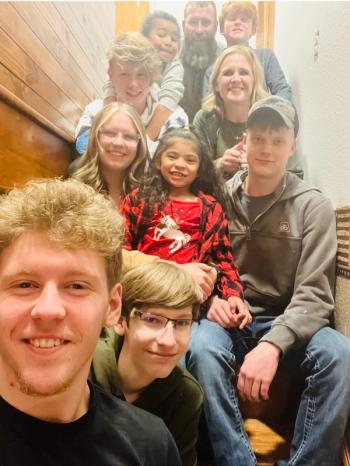
Over the last five years, both PBMs and drug manufacturers have implemented restrictions that put more of the costs for specialty medications on patients.

Uzedy’s wholesale acquisition cost (WAC) ranges from $1,232 to $3,080 per month.

CDI is a leading cause of infections acquired in healthcare settings, including hospitals and nursing homes. After recovering, individuals may get the infection again, and the risk of recurrence increases with each infection.

The list price for Qalsody, the first and only approved treatment to target a genetic cause of ALS, may prove to be controversial.
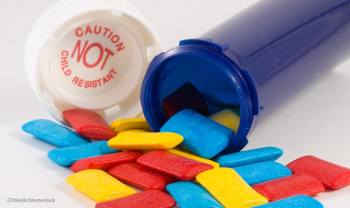
The study found that Medicare patients used low-benefit options more frequently than high-benefit options.
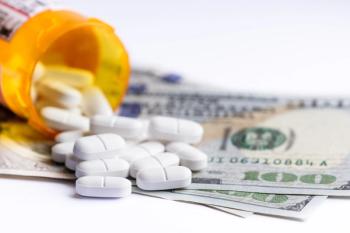
The American Hospital Association said the health insurers' report on drug prices, which highlights the higher prices charged by hospitals, is “a blatant attempt to deflect from the obvious — insurance companies continue to raise premiums for their enrollees and employer clients while pocketing billions in profit.”

Qulipta (atogepant) produced $158 million last year in net revenues in the U.S. as a preventive agent for episodic migraines.